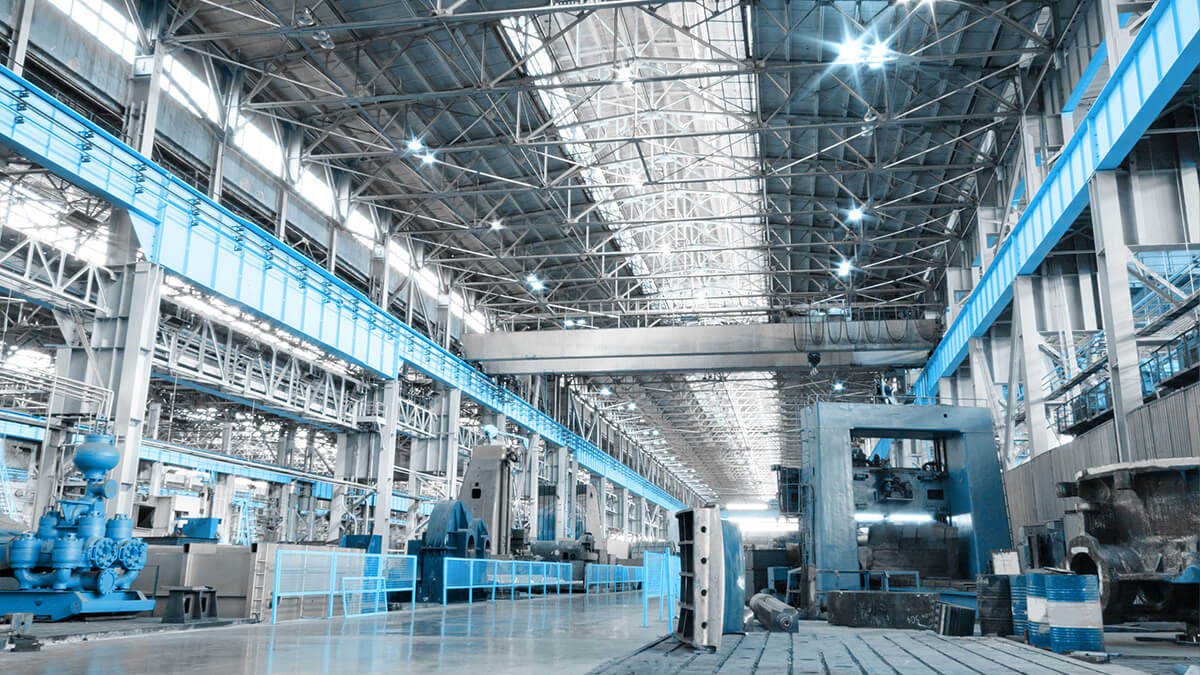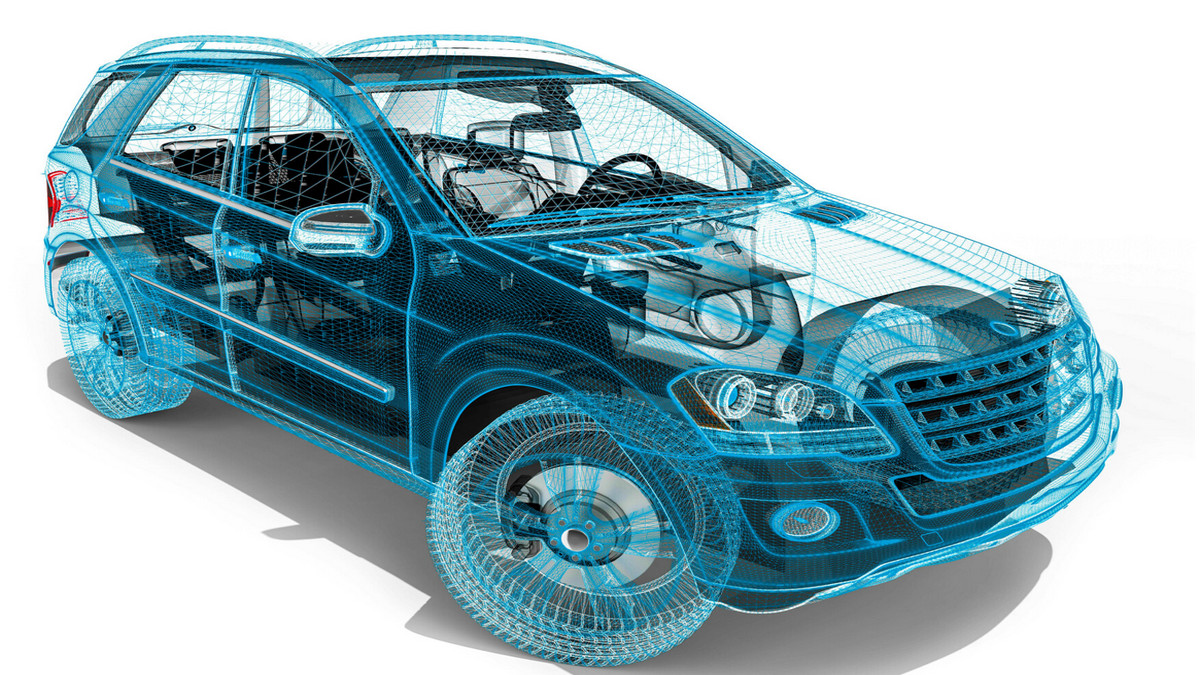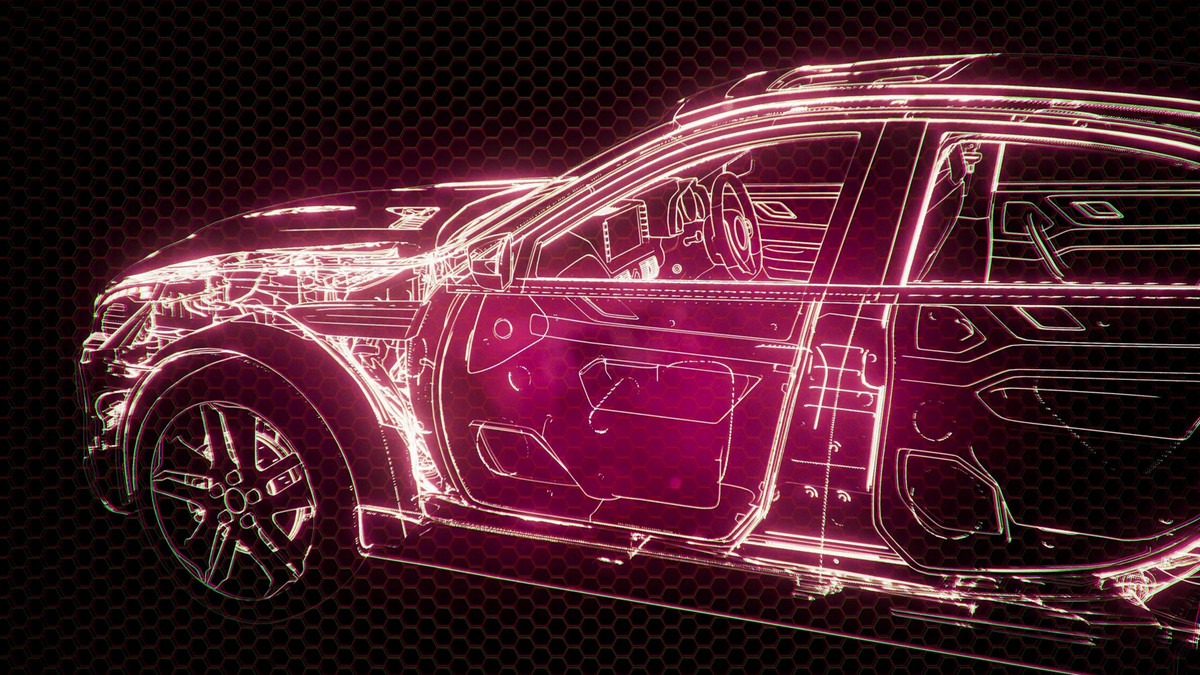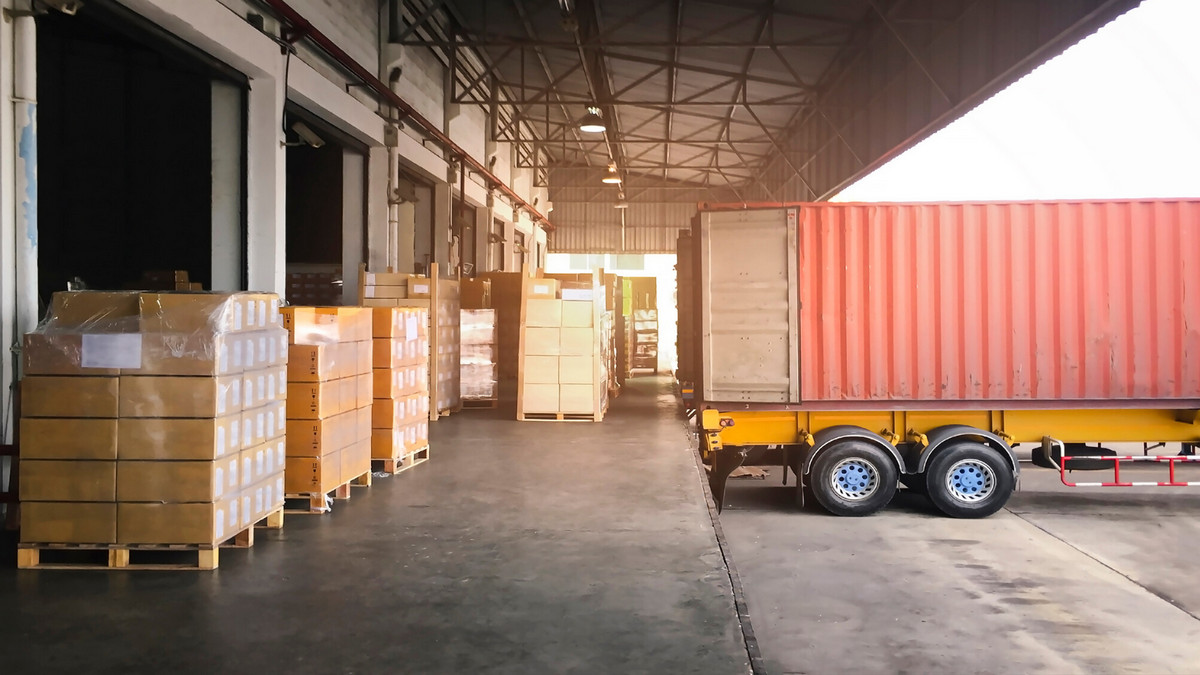Are you familiar with the latest terminology related to Tooling 4.0? In this article, we'll offer an overview and examples that can help manufacturers understand and align with this evolving concept. Tooling 4.0 revolves around leveraging technology to transform 'inefficient' products into 'intelligent' ones.
Tooling 4.0
In the Industry 4.0 era, the standard for engineered molds with digital outputs is becoming the norm, and the mold supplier dedicated to creating "engineered" molds is poised to define the future of mold manufacturing.
While many plastic processors and mold makers initially associate Industry 4.0 with robotics and automation, the true essence of this concept comes into focus when manufacturers begin considering machine-to-machine connectivity, data collection, measurable output, and artificial intelligence in the context of the mold and molding process. In the face of mounting cost pressures and intensified competition, tool manufacturers are increasingly embracing new paradigms such as Tooling 4.0, striving to streamline their operations by reducing the number of tool components and processes to minimize downtime and enhance delivery efficiency.
The initial step in implementing Industry 4.0 involves ensuring that every employee comprehends how it facilitates a better understanding and measurement of the dynamics between the press, mold, and resin. Industry 4.0 is not intended to replace human involvement but rather to empower individuals to make informed decisions based on the data it generates. Fostering this understanding is key to the successful implementation of Industry 4.0.
For instance, in the mold condition category, data measurement allows for a comprehensive assessment of the mold's overall condition within each facility. Collected data may encompass reasons for machine stoppage during the molding process, the production of non-conforming products, and target cycle times, among other metrics. Subsequently, scientific molding principles and data collection can be employed to develop a plan for elevating mold performance, necessitating the right tools, processes, and measurable outcomes. The engineering of a product, in this case, an injection mold, involves achieving measurable outputs through mathematical and scientific means. The next step is to gain insight into the internal processes of the mold during each cycle, involving measurements of physical dynamics such as pressure, temperature, and time. Outputs may include a balanced runner system (following the Beaumont theory), mold temperature control (calculated GPM; temperature sensors), conformal cooling (estimated cycle time and targeted part quality), and the optimization of exhaust (pressure sensors). In the age of Industry 4.0, engineered molds with digital outputs are set to become the standard, and mold suppliers dedicated to this engineering-driven approach are poised to shape the future of mold manufacturing. This transition allows for informed adjustments rather than relying on intuition alone.
Following the completion of this initial step, each facility will establish a set of prioritized objectives in various categories, guiding their ongoing efforts to improve tooling. Data collection is integral to ensuring that standard operating conditions (SOC) remain up-to-date and reflective of the current molding conditions for parts within production tolerances. Each facility will revisit its priorities over a span of six months to a year, with high expectations from OEMs and suppliers for mold manufacturers to leverage advanced technology in the future.
The Advantages of the Mold after Entering the Tool 4.0
Reverse Engineering: The ability to handle older molds and components by accurately measuring and creating 3D models and prints.
Virtual Mold Analysis: The capacity to digitally model molding processes with measurable goals, enabling the prediction of cycle times, warpage, venting, part dimensions, and steel safety areas. This process employs pressure and temperature sensors, scientific molding data, and knowledge of tool disassembly.
Mold Engineering Capabilities: The ability to generate 3D mold models for virtual analysis, produce detailed/tolerance drawings, and offer comprehensive mold assembly manuals and preventive maintenance recommendations.
Hot Runner System Expertise: Proficiency in fixed tips, valve gates, hot edge gates, and system balance.
Manufacturing and Measurement of Interchangeable Mold Components: The capacity to manufacture and validate interchangeable mold components, confirm critical steel dimensions, and employ coordinate measuring machines and laser scanning.
Experience in High-Cavity Injection Molding: Expertise in injection molding with 16 or more cavities, along with data collection (utilizing mold analysis) and scientific molding knowledge (pressure and temperature sensors).
Injection Mold Testing Capabilities: Familiarity with Factory Acceptance Testing (FAT), Site Acceptance Testing (SAT), and Design of Experiments (DOE), in addition to process development and turnkey solutions.
As the Internet of Things continues to gain popularity, experts emphasize the critical importance of adopting Industry 4.0 for the survival of enterprises. Regardless of a company's size, transitioning to smart manufacturing is a multifaceted endeavor. In summary, Industry 4.0 and Tooling 4.0 both revolve around the use of technology to transform "inefficient" products into "intelligent" ones.














